They say good things come in threes and Towards Predator-Free Taranaki takes this statement to heart. With three massive predator control projects currently underway, the organisation is well on the path to achieving its goal of becoming one of the first predator free regions in Aotearoa New Zealand.
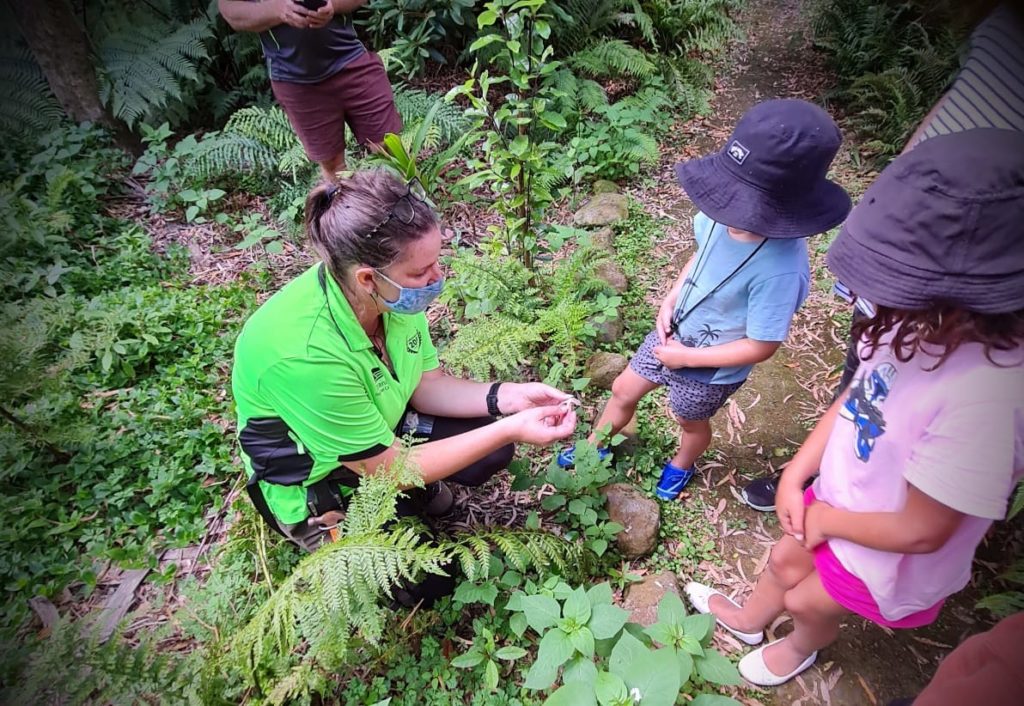
Three projects targeting three introduced predators
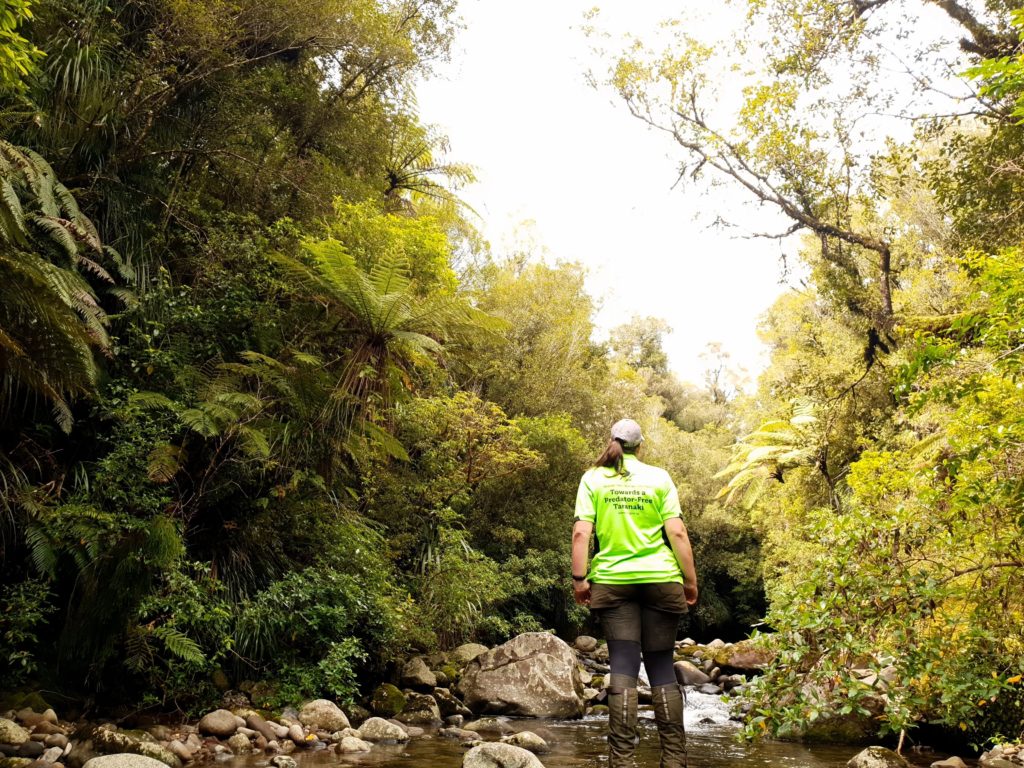
“When it comes to conservation, New Zealand’s really good at making more of things – we’ve got really successful breeding programmes. But it’s getting harder to find new places to put these species that are safe. This is especially for species like kākāpō and takahē,” says Towards Predator-Free Taranaki Programme Lead Sam Haultain.
For Sam, this fact is why successful predator control is a vital part of our species conservation. “Without it,” she says, “Our other awesome conservation efforts just wouldn’t work.”
Taranaki’s three-prong approach, which has been running since 2018, tackles the three biggest pests across three key environments.
- Trapping rats in the urban environment
- Catching mustelids (ferrets, stoats and weasels) on large, rural properties
- Getting to zero possums in the bushland of the Kaitake Range as well as neighbouring farmland
Because each animal and location comes with its own unique set of challenges, each project takes a slightly different approach.
Communities take on urban rodents
In an urban space, the challenge is trapping a large number of rats across a wide and diverse area – including lots of privately owned properties. Success relies on getting as many hands on deck (or on traps) as possible.
“A big component of the urban programme is building awareness and interest within the community. To reach the predator free goal, we need to get as many people as possible doing their own backyard trapping, or getting involved in community trapping projects,” says Sam.
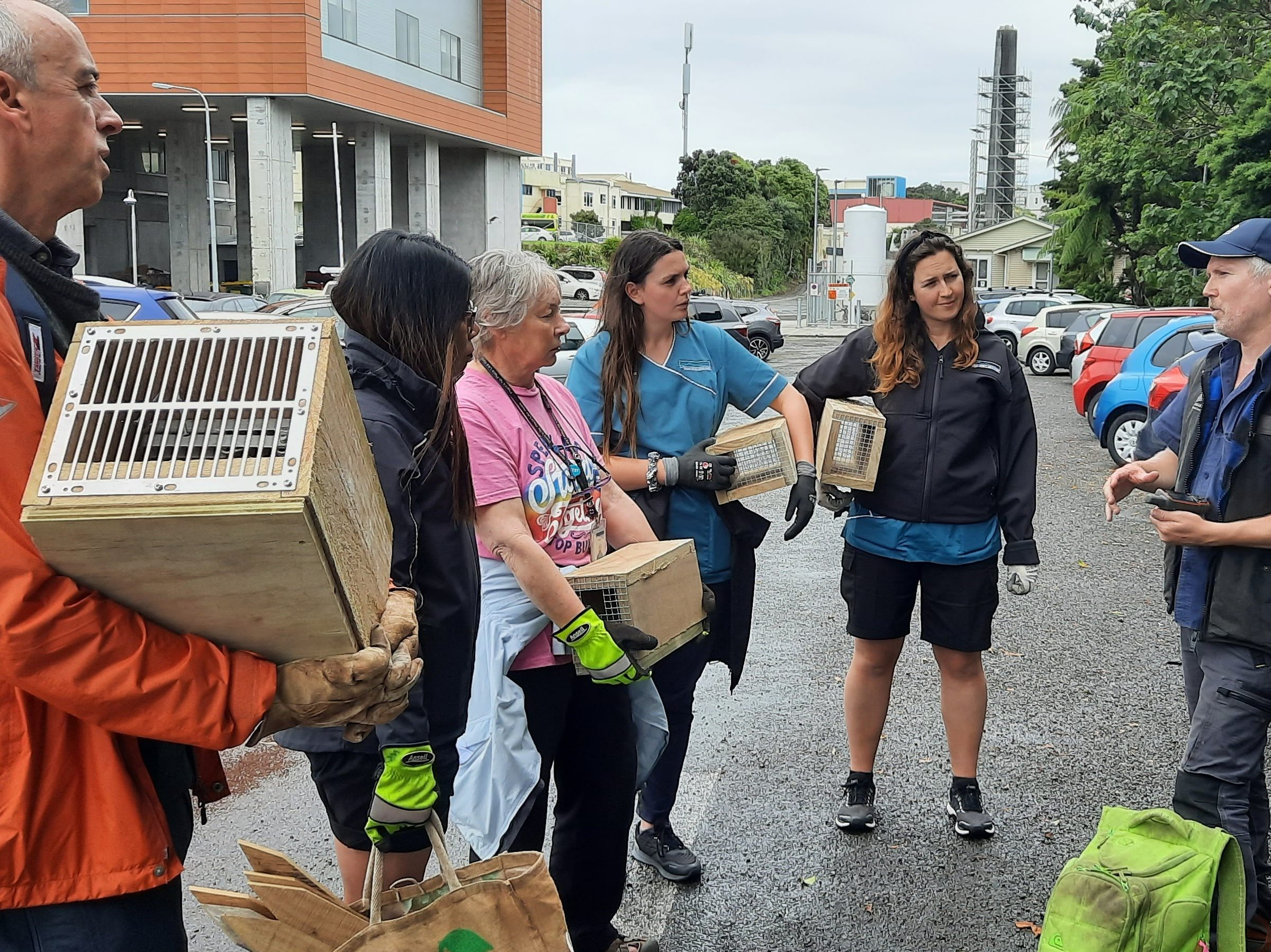
Part of this, Sam says, is about helping residents understand that trapping needs to become a normal part of being a landowner: “You take out your rubbish, you sort your recycling, you check your rat trap.”
Sam and her team at Taranaki Regional Council help get traps in backyards by selling them at a discounted rate at local hardware and outdoor shops, as well as giving them to schools to sell for fundraising.
Their initial goal was that every fifth household in New Plymouth would have a trap. And based on the number of traps sold, they’ve well exceeded this goal. To date, backyard trapping has caught more than 2,000 rats each year since the project started.
“This figure is probably an underestimate, since not everyone’s reporting all the rats they’ve caught. So the project’s going really strongly,” says Sam.
Building the movement with trapping champs
Given their success in New Plymouth, the urban project has since expanded to include a number of other towns including Waitara, Ōmata, Inglewood, Ōpunake and Eltham. The team now have their sights set on Hāwera.
As well as council, iwi and hapu supporting local initiatives, the Towards Predator-Free Taranaki project also has community champions. These folks have been-there-done-that, so to speak, and now work hard to give advice to trapping newcomers.
Some champions even host street parties or hold movie nights to recruit new trappers and pass on information.
Ferreting out farmland mustelids
Out in the rural areas it’s a slightly different story. Here, mustelids are the target species. And Towards Predator-Free Taranaki is trying to cover a lot of ground through people – often busy farmers – who don’t have a lot of time.

That’s why the latest tech is so important.
To avoid the constant challenge of checking a vast number of traps scattered over a large patch or rural land, rural trappers are using sensors to detect when a trap has been triggered.
When the trap is set off, the farmer gets an alert sent to their phone telling them it’s time to clear their trap.
The win for farmers is two-fold:
- They only have to direct their time on traps that have actually been triggered, avoiding scouring their land checking traps all the time
- They can deal with clearing the trap straight away (minimising the smell and mess of a triggered trap found days or weeks later)
You’ve got mustelid mail: talking tech benefits
The third benefit brought by the sensor and notification system is for the trapping movement itself – in that the alerts help catch more mustelids.
When traps aren’t sitting full for days on end, they are going to catch a whole lot more. This is particularly important for trapping mustelids, explains Sam.
“Mustelids lay down scent trails that others follow. Which means if you’re frequently clearing your trap, you could hit six stoats in a week,” she says.
Next steps toward zero mustelids
To date, farmers have been keen to get on board. More than 80 percent of the landowners Towards Predator-Free Taranaki has contacted have signed on to have traps on their property. And the enthusiasm is helping towards bringing mustelid numbers down.
The anecdotal evidence is already pointing towards success. Once numbers are low, the Taranaki team’s goal is to find better ways to monitor mustelid numbers. With this information, they hope to have the hard stats to back up what they believe to be true – that this hard mahi is already bringing great results.
The team is also looking for opportunities to bring new tech into the rural project that will “put the final nail in the coffin” for mustelid populations.
Possums, poo, and some very clever dogs
The final piece of the predator-free puzzle is trapping possums in the Kaitake Range and neighbouring farmland down to the coast, including Ōakura township. It’s a massive area, spanning some 8,600 hectares, so it requires a combined effort.
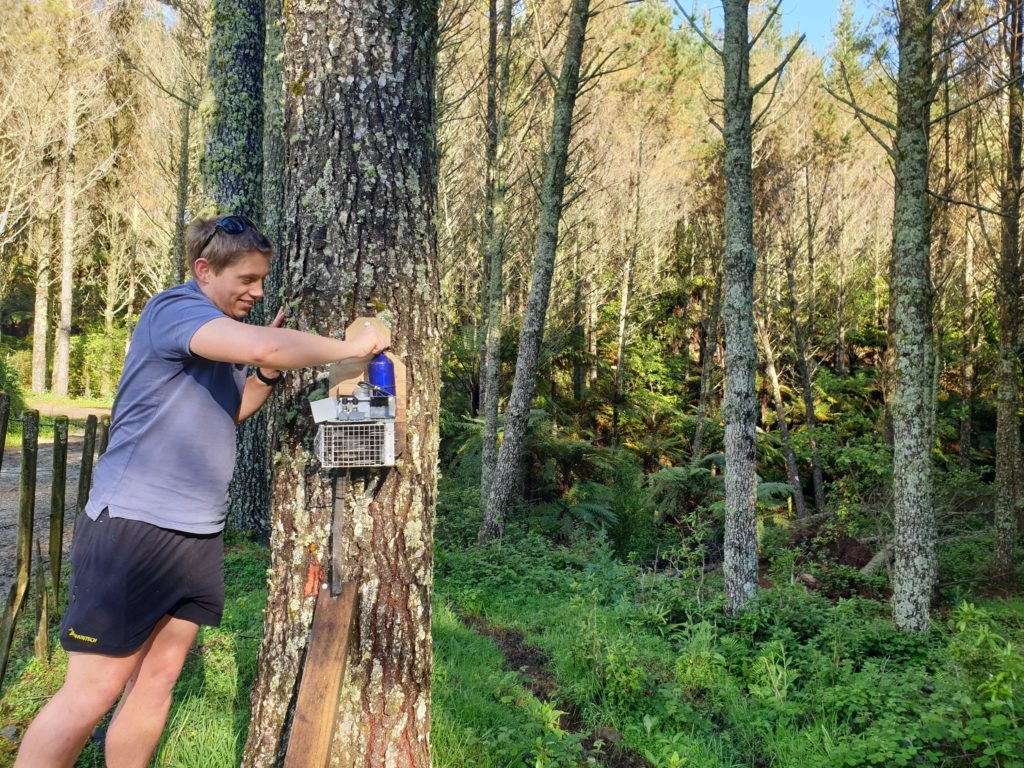
The regional council has joined forces with communities, iwi, hapu, landowners and the Taranaki Mounga Project, a conservation project transforming Taranaki’s mountain, ranges and islands.
The project has had such success that the team is now at a point where it’s becoming difficult to find – and trap – the last remaining possums.
“Our possum numbers are so low now that our traditional tools for monitoring or detecting possums don’t work. They’re just so sparse. They’re not popping up on cameras, they’re not popping up on chew cards. They’re jumping in traps occasionally,” says Sam.
They’ve now brought in specially-trained possum scat (poo) sniffer dogs to hunt out any stragglers.
“The dogs have been absolutely brilliant and we’ve had great success with them,” says Sam.
The chorus of bird song is returning
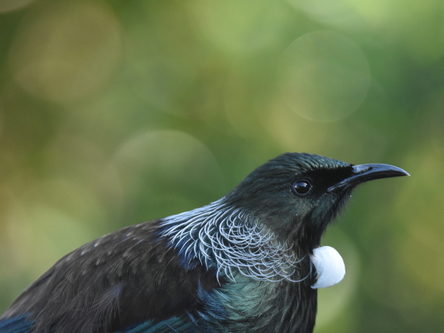
Taranaki locals and conservation groups are starting to see the fruits of their pest-trapping labour. “People are surprised how quickly some of these species can bounce back,” says Sam.
Urban neighbourhoods are seeing more kereru (wood pigeon) tūī and pīwakawaka (fantail). And thanks to combined efforts from the Department of Conservation and the Taranaki Mounga Project, whio (blue ducks) are moving into lower river catchments.
Although Sam notes that it will take several years to truly see the impacts of their predator control, she’s optimistic.
“We’re starting to see more birds and people are getting really excited. This hard work is paying off, and our hard-working communities are already seeing, hearing and feeling the rewards of their efforts,” she says.

